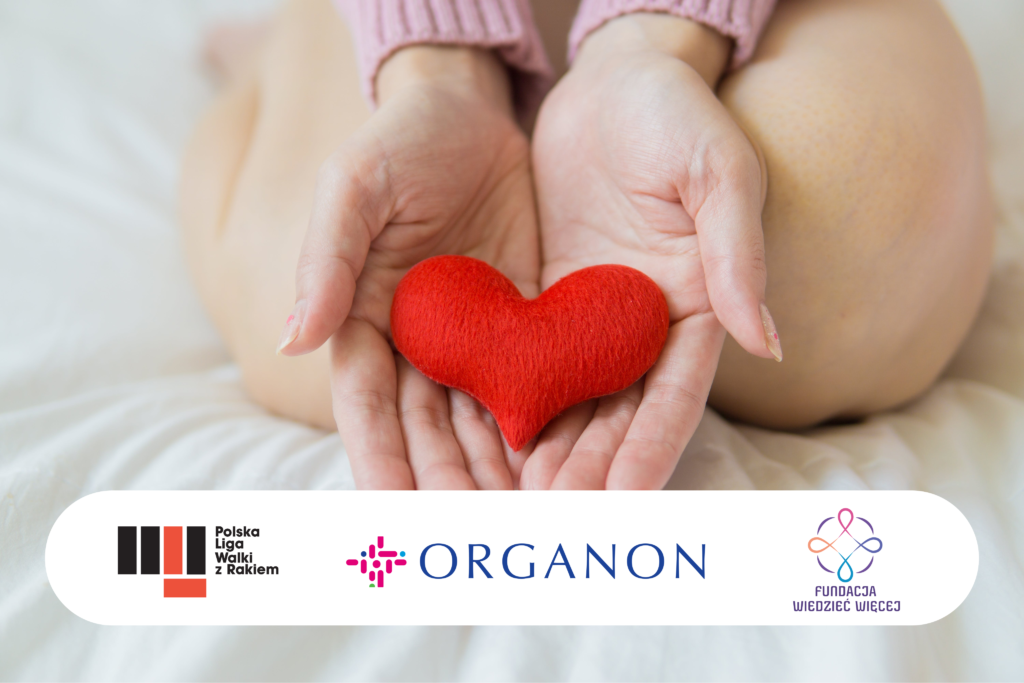
Preserving fertility in cancer patients - is it safe?
With the current development of medicine, cancer does not mean a death sentence. Many patients recover, and treatment does not have to negate their chances of living a normal life and starting a family. However, it is very important to properly secure the fertility of cancer patients. Modern methods allow the preservation of reproductive functions and increase the chances of becoming a parent in the future.
The decision regarding fertility preservation in cancer patients is usually individual and depends on many factors. Considerations include the type of cancer, the stage of the disease, the planned treatment, and the age and health status of the patient. Some forms of cancer treatment, such as chemotherapy, radiotherapy, or surgery, can affect fertility, so it is important to protect it.
For young patients who plan to have children in the future, there are various methods of fertility preservation, such as freezing sperm, egg cells, embryos, or ovarian tissue. These procedures can help conceive offspring after the completion of cancer treatment. However, each case is different, so it is important to talk to a team of medical specialists, including an oncologist, endocrinologist, and fertility specialist, to tailor the plan to the specific needs and situation of the patient.
It is valuable to consult with the medical team before starting cancer treatment to discuss available fertility preservation options and understand the potential risks and benefits associated with the procedures.
Fertility preservation in cancer patients includes various methods, each with its advantages and disadvantages, associated with different prognoses and risks.
- Sperm freezing (sperm cryopreservation):
Chances: It is a relatively effective and commonly used method. Sperm is collected by the patient or during a testicular biopsy procedure, frozen, and stored until the patient is ready to start a family.
Risks: The procedure is generally safe, but there is a small risk of sperm quality loss in the freezing and thawing process. It is also important what the baseline sperm parameters are before its preservation. In patients with reduced parameters, it is recommended to freeze a larger number of sperm samples.
- Egg freezing (oocyte cryopreservation):
Chances: This option is for women who can undergo in vitro fertilization after recovery. The patient undergoes hormonal stimulation of the ovaries. As a result, it is possible to obtain a larger number of ovarian follicles. During the ovarian puncture procedure (so-called pickup), egg cells are collected, which are then frozen and stored for future use.
Risks: The procedure is more complicated than sperm freezing. It requires hormonal stimulation of the ovaries, which in some types of cancer is contraindicated, as well as cell collection, which involves a slight risk of complications related to the procedure itself. Later pregnancy prognoses will also depend on the quality of the collected cells and the correctness of their cryopreservation. It is worth securing as many cells as possible.
- Embryo freezing (embryo cryopreservation):
Chances: This option is for both men and women who are in stable relationships. Embryos are obtained during an in vitro procedure that includes hormonal stimulation, collection of reproductive cells, and extracorporeal fertilization of egg cells with sperm. The created embryos are frozen and stored in safe conditions until the couple decides to have offspring.
Risks: The procedure is associated with risks related to in vitro treatment, such as reactions to hormonal drugs and potential perioperative complications. In some cases, this form of fertility preservation may be contraindicated due to the specificity of the cancer disease.
- Ovarian tissue freezing:
Chances: The procedure involves taking a fragment of the ovary containing germ cells and freezing it, and then – after the patient returns to health – retransplanting it. A huge advantage of the procedure is that besides the possibility of obtaining healthy egg cells, in some cases, it results in the return of hormonal functions in women.
Risks: It is a surgical procedure, so it carries typical surgical risks (infections, minor tissue damage, anesthetic risks). Additionally, its effectiveness depends on the patient’s initial situation, her ovarian reserve, and health status after completing oncological treatment.
- Ovarian protection (physical – during radiotherapy):
Chances: In some cases, especially in women, there are attempts to protect the ovaries from the harmful effects of radiotherapy by using various protective techniques.
Risks: The effectiveness of these techniques can vary (in some cases it is not possible to preserve fertility in this way), and they are not always available for every patient.
It is important to emphasize that each case is unique, and decisions regarding fertility preservation should be made in cooperation with a team of doctors, including an oncologist, endocrinologist, and fertility specialist. There are risks associated with procedures, but the benefits of being able to preserve fertility can be significant for the patient’s quality of life after completing cancer treatment. Available options and action plans should be tailored to the individual needs of the patient.